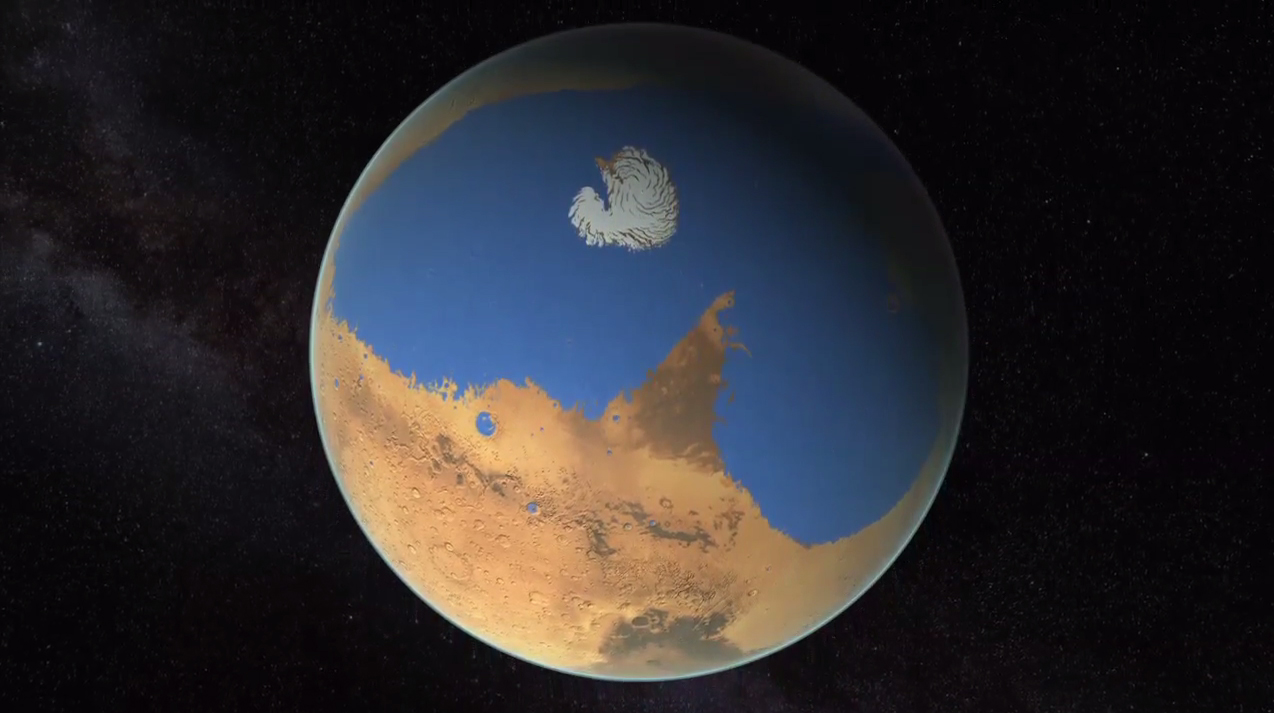Best Space Stories of the Week – March 8, 2015

Between a history-making cosmic encounter, a glitch with a rover on Mars and the discovery of the fastest star in the Milky Way, it has been a busy week for space news. Here are our picks for the biggest cosmic space stories of the week:
A powerful digital camera spots a comet
The Dark Energy Camera — the most powerful digital camera in the world — took an amazing image of Comet Lovejoy. The comet made its closest approach with the sun about one month ago. [Full Story: Amazing Photo of Green Comet Lovejoy Captured by Dark Energy Camera]
Military weather satellite explodes
Officials are in the process of investigating the cause of an explosion aboard a military weather satellite, which occurred on Feb. 3, 2015. Signs are pointing to a failure of the power system aboard the DMSP-F13 satellite. It launched in 1995. [Full Story: Power System Failure Eyed in US Military Satellite Explosion]
The Curiosity rover sidelined on Mars
NASA's Mars Curiosity rover experienced an electrical issue last week, and mission managers are attempted to figure out what exactly happened to the rover on the Red Planet. [Full Story: NASA's Curiosity Rover on Mars Sidelined By 'Short Circuit' Glitch]
Breaking space news, the latest updates on rocket launches, skywatching events and more!
Mars had an ocean once
New maps of the Martian atmosphere have shown that the Red Planet may have once had enough water to cover one-fifth of Mars. [Full Story: Wet Mars: Red Planet Lost Ocean's Worth of Water, New Maps Reveal]
100 years of General Relativity, mysteries remain
Albert Einstein's General Theory of Relativity celebrates its 100-year anniversary this year, but mysteries remain. Scientists still aren't sure what dark matter and dark energy are. [Full Story: General Relativity at 100: Einstein's Famous Theory Has Aged Well]
Quadruple star explosion
Scientists managed to capture images of a supernova four different times thanks to a cosmic lens bending the fabric of space and time around it. The Hubble Space Telescope caught the amazing image. [Full Story: Cosmic Lens Reveals 4 Views of Same Star Explosion (Photo)]
NASA's Dawn probe orbits Ceres
NASA's Dawn spacecraft made it into orbit around Ceres this week, marking the first time a human-made craft has ever orbited a dwarf planet. [Full Story: NASA Dawn Probe Enters Orbit Around Dwarf Planet Ceres, a Historic First]
The fastest star in the galaxy
Scientists have spotted what they think could be the fastest star in the Milky Way. It is currently hurdling out of the galaxy at incredible speed and it may have been ejected by a supernova explosion. [Full Story: Fastest Star in the Galaxy Has a Strange Origin]
Follow Miriam Kramer @mirikramer. Follow us @Spacedotcom, Facebookand Google+.

Miriam Kramer joined Space.com as a Staff Writer in December 2012. Since then, she has floated in weightlessness on a zero-gravity flight, felt the pull of 4-Gs in a trainer aircraft and watched rockets soar into space from Florida and Virginia. She also served as Space.com's lead space entertainment reporter, and enjoys all aspects of space news, astronomy and commercial spaceflight. Miriam has also presented space stories during live interviews with Fox News and other TV and radio outlets. She originally hails from Knoxville, Tennessee where she and her family would take trips to dark spots on the outskirts of town to watch meteor showers every year. She loves to travel and one day hopes to see the northern lights in person. Miriam is currently a space reporter with Axios, writing the Axios Space newsletter. You can follow Miriam on Twitter.
